Last Updated on November 29, 2025 by Emma Fajcz | Published: November 14, 2018
Spending time at the table in Portugal is not just a modern pasttime, it’s a cultural event even when you’re not celebrating anything. From petiscos to more complicated recipes, traditional Portuguese food is one of the reasons why travelers fall in love with the country.
Most typical Portuguese dishes are hearty, garlicky, and greasy – like all comfort food should be. But where should you start? What dishes should you try first? At Devour we managed to put together a list of the dishes you can’t miss.
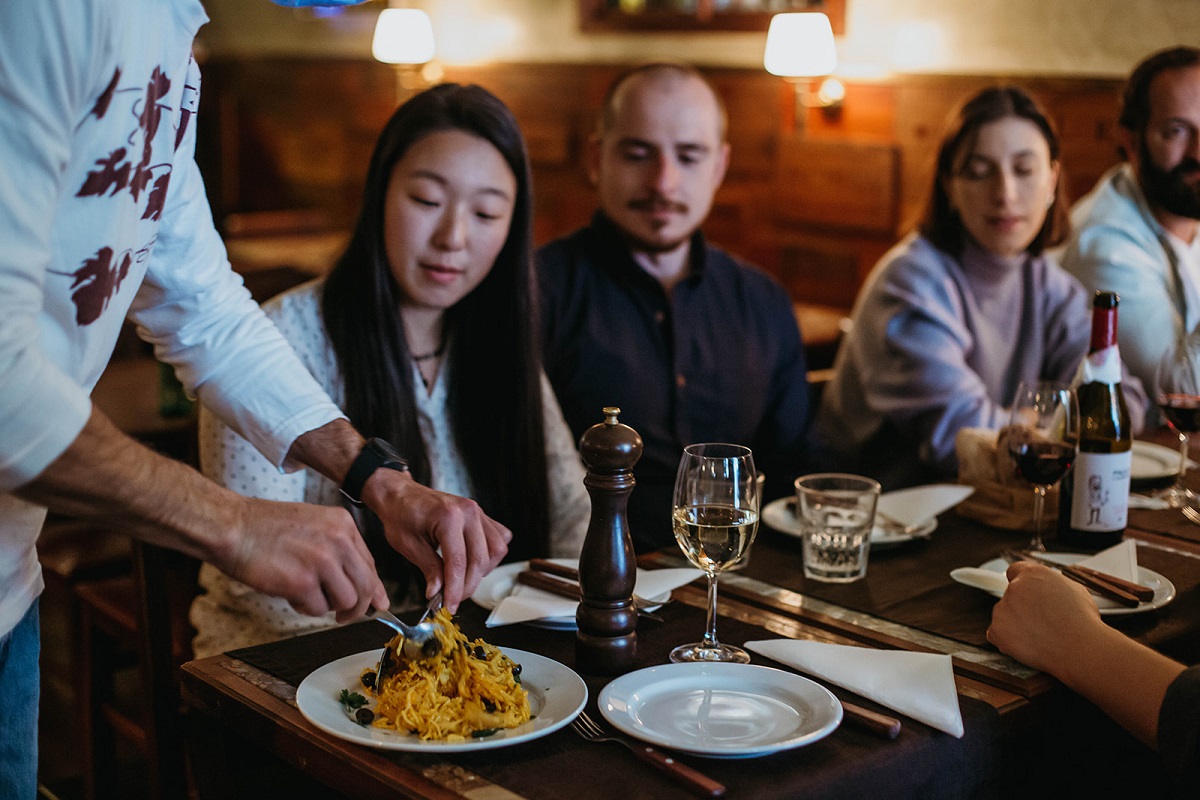
Top Portuguese food
Açorda
A typical soup in the Alentejo region, açorda will leave you wondering how something so simple can be so delicious. Pieces of day-old Alentejo bread are added to a simmering broth heavily seasoned with garlic and coriander. The bread should soak up the broth but not cook in it. Most versions of this soup add an egg on top, poached, or boiled. Depending on where you are in Alentejo, some recipes include fresh fish or salted cod. Casa do Alentejo, one of the Lisbon restaurants where locals eat, is a great place to find this and other equally delicious dishes.
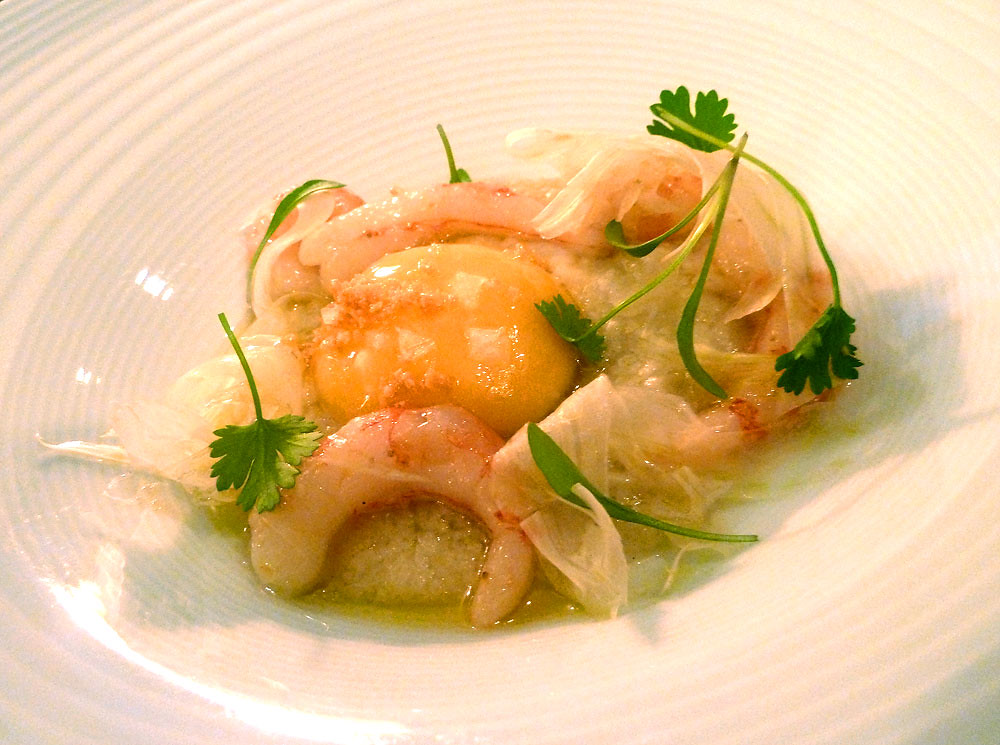
Cozido à Portuguesa
If there’s one stew in the world that’s perfect for meat lovers, it’s cozido à Portuguesa. It almost seems like someone came up with the crazy idea of cooking all the meats they had in the house and add some potatoes and some vegetables. There are dozens of variations of cozido throughout the country, but the most famous worldwide is probably the one from Furnas. In this small village of S. Miguel Island (Azores), the cozido is slowly cooked with volcanic steam inside a hole in the ground.
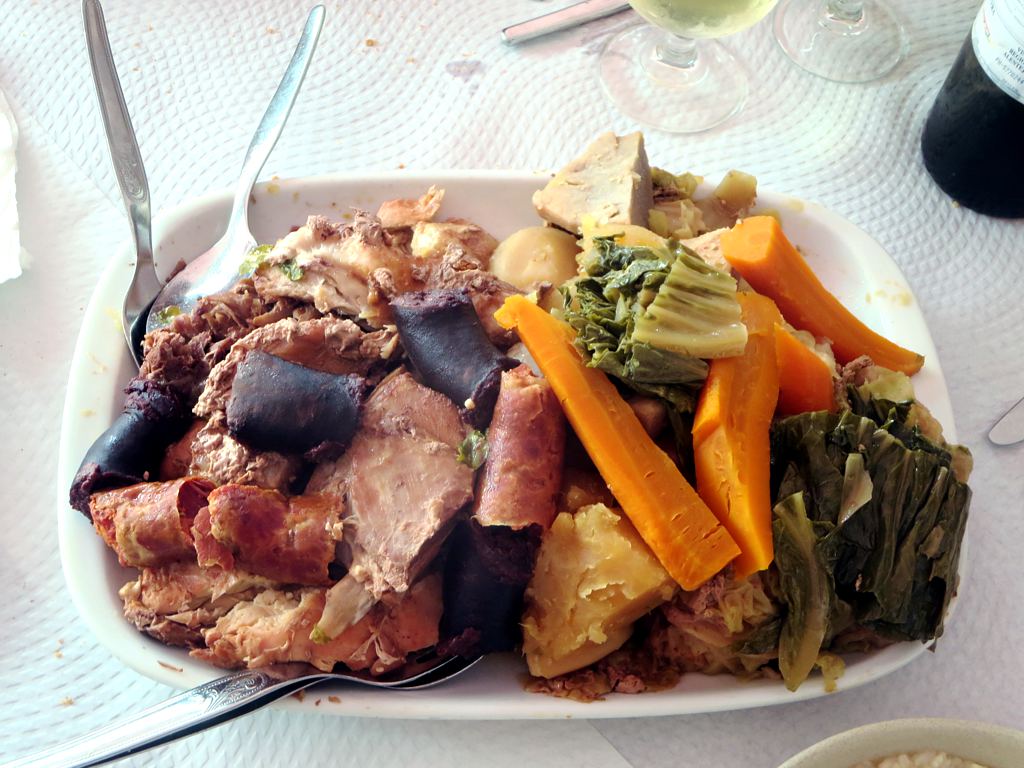
Alheira
Original from Mirandela in the North, alheira is a pork sausage….that’s not actually pork!
During the Inquisition in Portugal and Spain, the Jewish population was forced to convert to Christianity. In public, they would behave as Christians to survive, but in private they kept their culture and traditions alive. To avoid persecution and because it was against their religion to eat pork, the Jewish in Mirandela created this “fake” sausage made with other meats. You’ll find different versions, some less garlicky than others, but deep-frying them is the best way to cook it.
Related reading: We love Portuguese sausages. Here are seven varieties of sausage you should try in Portugal.
Bacalhau
Salted cod may come from Norway or Iceland, but somehow it’s the most traditional Portuguese food you’ll eat. So much so that people say there’s one different bacalhau recipe for each day of the year. Any bacalhau dish is a good dish, and the fish is so versatile that the only thing you won’t be seeing it in is dessert. It has a more pungent smell than other fish, so don’t be caught off guard. Typical dishes include à lagareiro, à Brás, and à Gomes Sá.
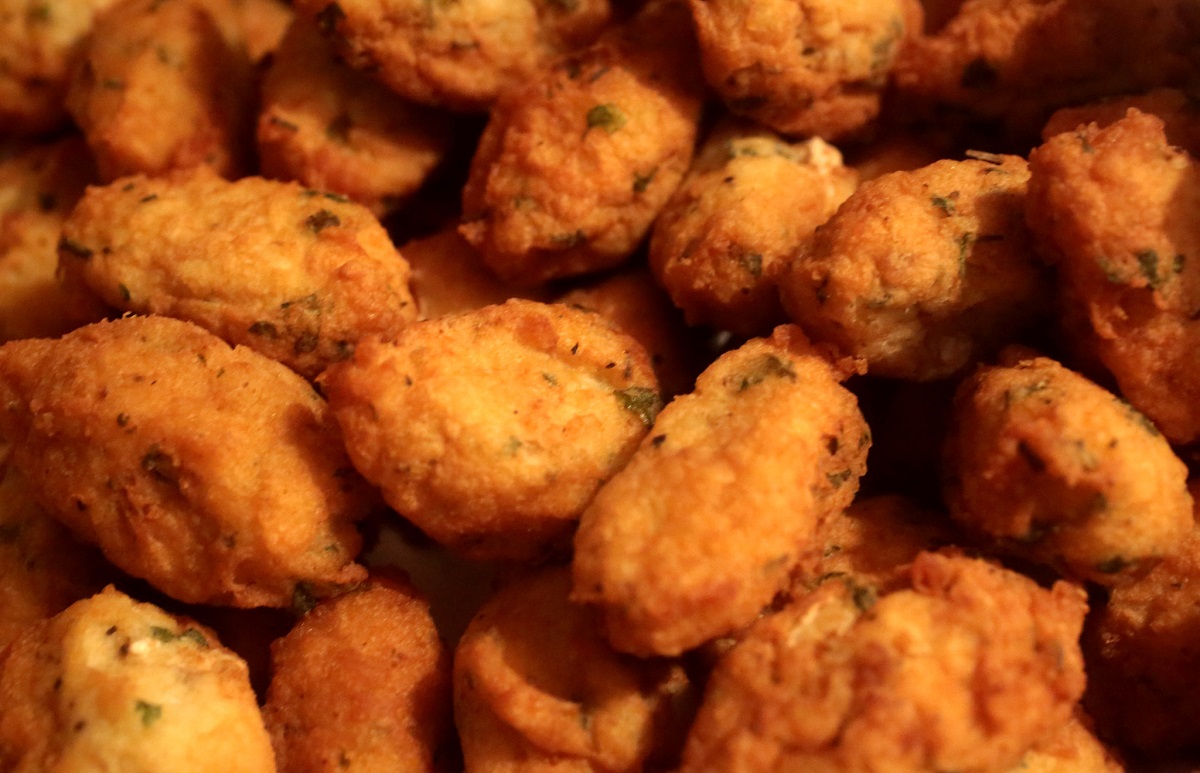
Cataplana
Cataplanas are more frequent in the South, but some places in the North also cook their version of this fish stew. The dish is named after the cooking pot, a sort of slow cooker made of copper or stainless steel, a heritage of Portugal’s Arabic past. The recipe is as simple as choosing your favorite seafood, adding sliced potatoes, onions, tomatoes, garlic, olive oil and herbs, and let it stew.
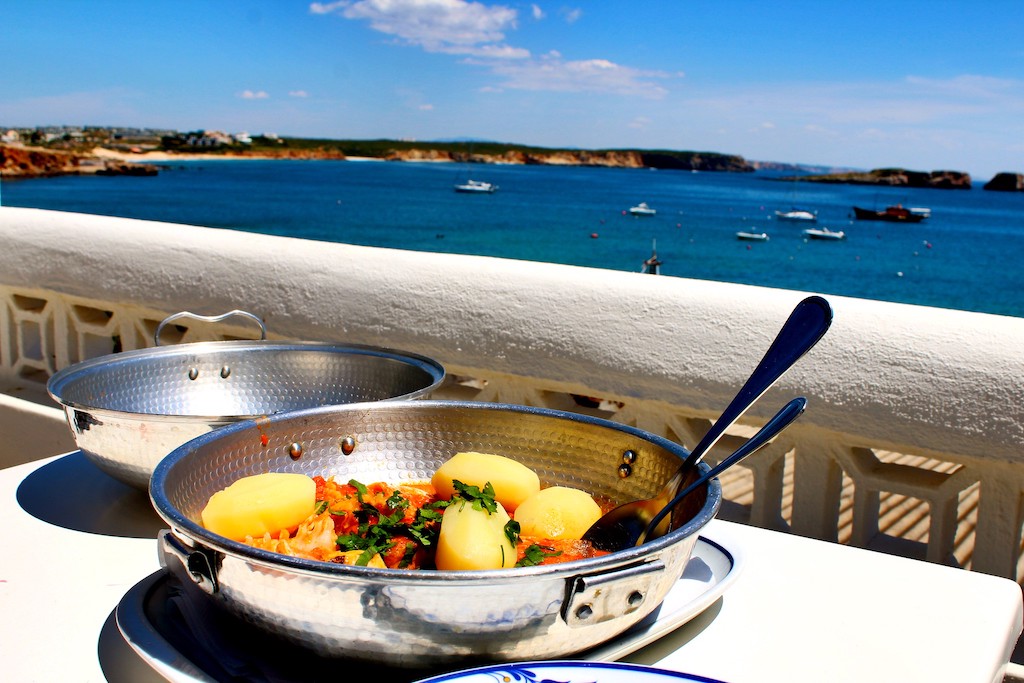
Sopa da Pedra
At Devour we love a dish with a great backstory, and that is certainly the case of sopa da pedra. The legend behind this traditional Portuguese food has it that a poor friar who was on a pilgrimage was too proud to beg for food, despite being hungry. Instead, he asked his hosts if they could spare some vegetables to add to his rock soup. Intrigued, they gave him different products to add to his sopa da pedra.
There are variations of this recipe and it’s a typical dish in the Ribatejo area. All of them are hearty soups – and typically served with a rock in the bottom!
Francesinha
The most famous sandwich in Porto is a full meal. One francesinha is usually enough for two, so be careful when ordering. It’s messy to eat, and you’ll need the precious help of a fork and a knife to cut through the molting mix of cheese and spicy sauce, the slices of lightly toasted bread, and the layers of different meats.
What’s the secret of a great francesinha? Almost everyone will say it’s the sauce. Since francesinha is usually served with french fries, the dish allows you to soak up every single bite of sauce!
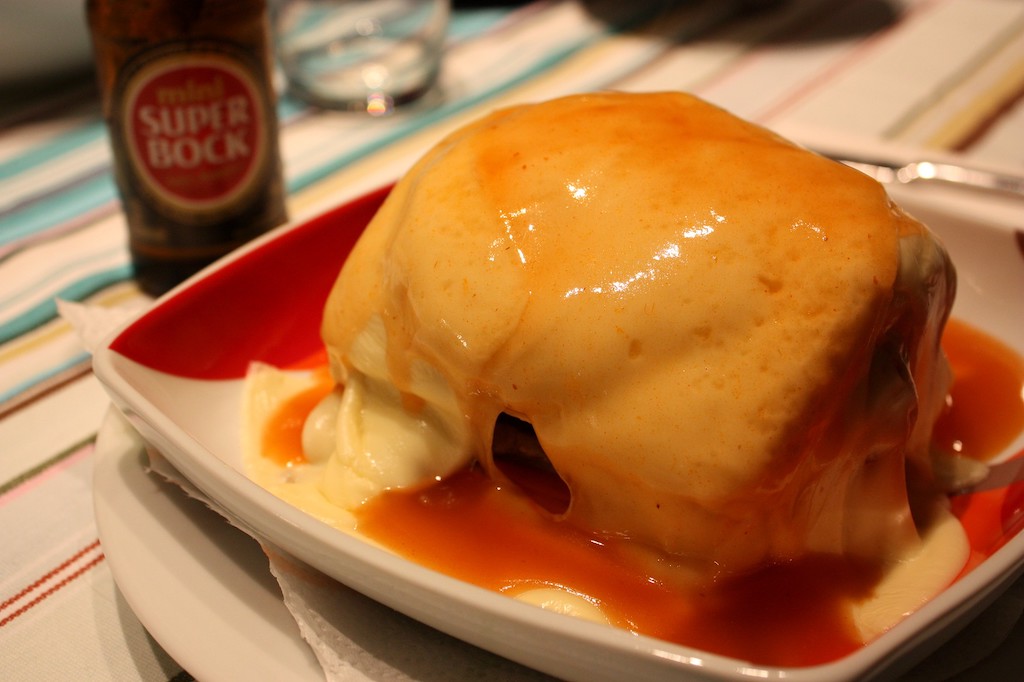
You know some of the best-loved traditional Portuguese foods—now it’s time to try some for yourself. Our Tastes & Traditions of Lisbon Food Tour will give you a crash course in eating like a local, from how to navigate Portuguese mealtimes to what to eat and where. And, of course, there will be plenty of typical bites along the way.

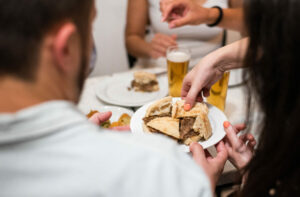







I, m so glad u had written this some of Portuguese dishes. I was born in Goa India when Portuguese rules l, m sad Portuguese left Goa
I, m Portuguese citizen
Thank u so much
Thanks for reading!
Muito obrigado
Obrigado por ler, Eduardo!